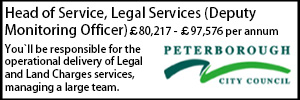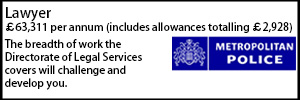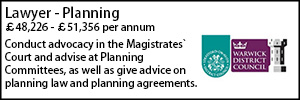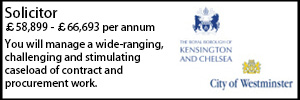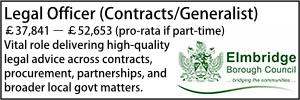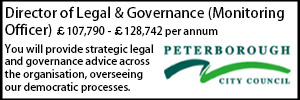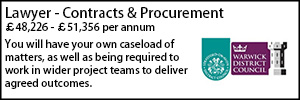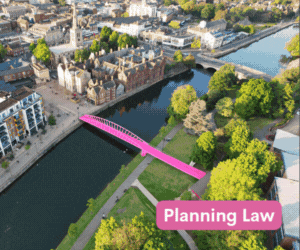Judge rejects challenge over permission to expand site of Wimbledon Championships, but campaigners warn “insurmountable” obstacles to development remain
A Planning Court judge has rejected a judicial review challenge to the Mayor of London’s grant of planning permission for the proposed expansion of the site of the Wimbledon tennis championships onto neighbouring land that used to be a golf course.
- Details
However, the claimant, campaign group Save Wimbledon Park, immediately said it would appeal the ruling. It also warned of potentially “insurmountable” hurdles, separate to the planning issues, that could still scupper the development.
The All England Lawn Tennis Club’s planned development in Wimbledon Park would see 38 new tennis courts, tennis-related infrastructure and new buildings including an 8,000-seat stadium, as well as extensive works to Wimbledon Park Lake.
The development, Mr Justice Saini noted, is “highly controversial” and has attracted strong opposition.
The site is on Metropolitan Open Land (MOL), and benefits from a number of other protective designations.
“In this regard, the application site was fairly described by the Wandsworth Senior Planning Officer, in an earlier stage of the planning process, as being subject to ‘some of the most restrictive planning constraints possible’,” the judge said.
The club’s application for planning permissions was originally made to both Merton and Wandsworth Councils as relevant planning authorities because the land lies within the administrative boundaries of each authority.
Merton voted to approve the proposal but Wandsworth voted to refuse.
“In broad terms, the balance between the ‘harms’ and the ‘benefits’ of the development was differently struck by each of the authorities,” the judge noted.
The Mayor of London called in the planning applications for determination. The Deputy Mayor for Planning, Regeneration and Fire Safety, under delegated powers, granted permission for the development on 18 November 2024.
Save Wimbledon Park crowdfunded a claim for judicial review, and has the benefit of Aarhus Convention costs-capping protection.
Mr Justice Saini said in his initial observations that it was “necessary to record that the defendant [Mayor of London] granted planning permission on the presumption that the golf course land is subject to a statutory trust requiring it to be kept available for public recreational use (“the statutory trust”).
The judge added that this was a presumption because that issue is in dispute. “However, it is not in issue that the golf course land is the subject of restrictive covenants which require it to be kept open and free of built development”.
The existence of each of these restraints or impediments on development were at the heart of the claimant’s case that the defendant acted unlawfully in granting the planning permissions, Mr Justice Saini noted.
The claimant made three complaints about the legality of the decision to grant planning permission:
- The defendant Mayor of London failed to take into account, adequately or properly, a number of material considerations in respect of the statutory trust and the restrictive covenants. “In particular, SWP said that the planning ‘benefits’ upon which the defendant relied to satisfy the very special circumstances (“VSC”) test, and thus to justify development on MOL, were predicated on the need for the proposal. Yet, it says, the defendant claimed to be determining the application on the basis that the statutory trust existed, and the effect of the statutory trust was to preclude the development and thus to preclude the meeting of that need. This is essentially a complaint about what parties called ‘deliverability’ of the proposal as a relevant consideration having been unlawfully excluded.”
- The defendant failed to consider whether the earlier land use management choices in the development site amounted to deliberate neglect, or damage to, a heritage asset contrary to the National Planning Policy Framework paragraph 202 (version of 20 December 2023 - the text of which has been superseded).
- The defendant erred in its consideration of the NPPF paragraph 103 in respect of sports and recreational provision.
The judge said the defendant and the club argued in response:
- The defendant concluded, and was entitled to conclude, that the issue of deliverability was not a material consideration in the circumstances of this planning application. They said that for Save Wimbledon Park to succeed in arguing to the contrary, it had to show that the defendant’s conclusion on this point was irrational, and it could not overcome that high hurdle.
- The defendant did take into account the claimant’s allegation of deliberate damage or neglect to heritage assets within the meaning of paragraph 202 of NPPF but that provision was not, on the facts, engaged.
- There was no error in the defendant’s approach to the question of “alternative sports and recreational provision” and “qualitative improvement” within the meaning of paragraph 103 of the NPPF.
Mr Justice Saini also noted that the club’s position was that no statutory trust exists over the site. An expedited hearing is due to take place in the Chancery Division in January next year of the club’s application for a declaration to this effect.
The judge added that the club also “does not accept that there are, or could be, insuperable difficulties in releasing the relevant land from any trust that does exist, or from the restrictive covenants (it relies on various statutory mechanisms which it says provide for the removal of any trust and restrictive covenants).”
These matters were, however, agreed not to be among the issues for Mr Justice Saini’s decision in the judicial review claim.
Turning to Ground 1 (the lawfulness and rationality of the defendant’s approach to the materiality of the (assumed) Statutory Trust over the development site, and the restrictive covenants affecting the development site), Mr Justice Saini said: “In short, the defendant’s decision on the relevance of deliverability (applying to both the statutory trust and the restrictive covenants) was a planning judgment rationally exercised and having regard to appropriate and relevant factors.
“Given that I have found it was rational for the defendant to find that deliverability of the development did not in the particular circumstances affect the merits of granting planning permission, then the means for overcoming potential obstacles in the way of development did not fall for consideration.”
In relation to Ground 2 (the lawfulness of the defendant’s consideration of the requirements of paragraph 202 of the NPPF in respect of the deliberate neglect of or damage to a heritage asset), Mr Justice Saini concluded that the officers’ report “did exactly what was required of it by appropriately summarising the issues for the decision-maker”.
The judge also dismissed ground 3, saying that in his judgment “the defendant properly considered the implications of the development on public open space”.
Vowing to “fight on”, Save Wimbledon Park said it had been advised that it should make an application for permission to appeal to the Court of Appeal.
Christopher Coombe, Director of Save Wimbledon Park, said: “This judgment would, if it stands, set a worrying precedent for the unwanted development of protected green belt and public open spaces around London and across the country.”
The campaign group claimed that even if the planning decision is upheld, there are two other major legal protections for the park which property developers would find “insurmountable” – pointing to the statutory trust and the restrictive covenants.
It added that the basis upon which Merton Council might lawfully release the covenant, which was put in place in 1993, was “very different from the considerations supporting the planning permission”.
Senior Lawyer - Contracts & Commercial
Lawyer - Property
Trust Solicitor (Employment & Contract Law)
Contracts & Procurement Lawyer
Locums
Poll









